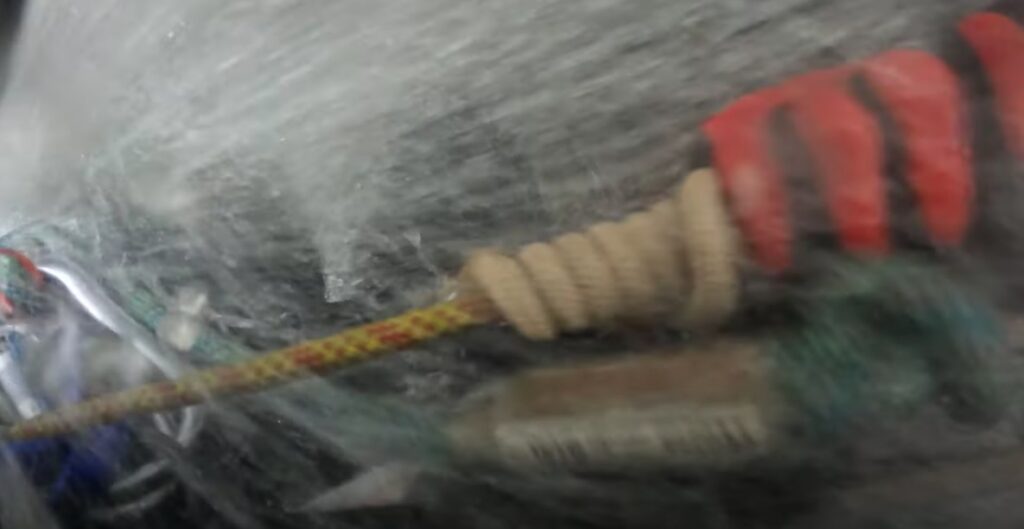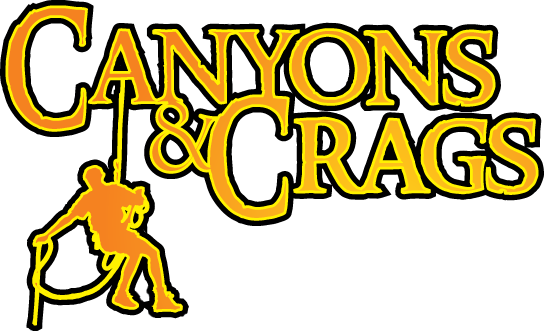Search by Keyword
When NOT to Use Self-Belays
Contributed by Adolfo Isassi
Not for Beginners
Self belays, or as some people know as autoblock, third-hand, or painly ‘prusik’, for canyoneering newbs, are for the most part, a bad idea.
Beginners are still learning to fully control their descent, negotiating awkwards starts, controlling speed, overcoming fear. The last thing they need is one more task to install and mind a prusik, and if they fail to do it properly….they get stuck, or worse, they let go of their brake and the self-belay fails to catch.
Bottom & Top Belays
Canyoneering is a team sport. Instead of taxing newbs with self-belays, competent teammates should provide bottom or top belays.
Not in SwiftWater
Self belays are also a bad idea in swift water where controlled speed and the ability to swiftly cross torrents are key to not getting inverted or waterboarded.

This is dangerous in swiftwater
So when is it ok to use self-belays?
If you know how to install a self belay below your rappel device, or above your rappel device, and know the difference, pros and cons between these two modalities of self-belay…you may consider to install one to mitigate the risk of moving rocks, exploring a new drop scanning for a new anchor options or re-belay, night situations on unfamiliar terrain, passing knots, etc. Any situation where you think that slow deliberate movement and need to use both hands may be advantageous.
